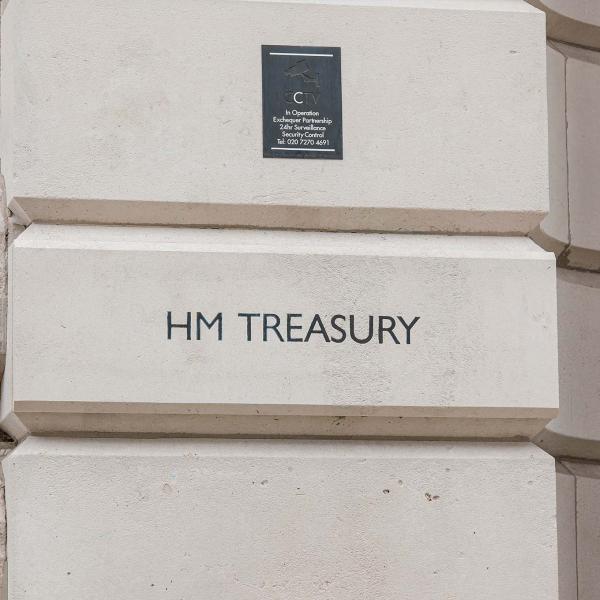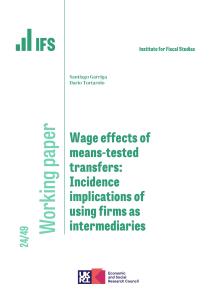Let’s start with the plaudits. Chancellors faced with the sort of tough public finance situation that Rachel Reeves has inherited have tended to take an axe to investment. That happened in the 1990s. It happened again after the financial crisis. The effects of public sector investment are diffuse and long-term. So credit where it’s due. The budget may only have done enough to keep public investment stable as a fraction of national income, but that’s better than the sharp fall pencilled in by Jeremy Hunt. The economic benefits will arrive years, if not decades, down the road. Subject to the money being spent well, this is an encouraging prioritisation of long-term growth.
As far as the fiscal framework is concerned, targeting a current budget balance in 2029-30 for the next couple of years and then working to a rolling three-year target — ie, looking for a current balance three years out — makes a lot of sense.
We should also give credit for making a big choice: to raise taxes in order to support public services. And if taxes were to be raised, it is right that one of the big three — income tax, VAT or national insurance — should ride to the rescue. Attempting to raise anything like £40 billion without leaning on one of them would be a disaster.
But I have a lot of worries too. There are big risks lurking in this budget. Big increases in taxes and borrowing are not costless. Not all of the extra borrowing, by any means, was for investment spending. Most of all, despite all this, I’d be surprised if the spending plans after 2025-26 survive contact with reality.
For the most remarkable thing about this budget was just how front-loaded the spending commitments are. Loads of extra money this year and next. But after 2025-26 we have day-to-day public service spending rising by a miserable 1.3 per cent a year. That may not even be enough to avoid cuts to some departmental budgets. Of course, spending will start off higher but, frankly, I would be astonished if these plans are kept to. This looks horribly like a repeat of the silly games played by the last government. Make it look like the fiscal numbers add up by being generous this year and pencilling in implausibly tight spending plans later on.
The initial proof of this will come in next year’s spending review. There won’t have been a big argument within cabinet about spending numbers after next year because they have not yet been allocated. We can see what has happened when allocations are made — big increases.
On tax, if you are to lean on one of the big three then employer national insurance is definitely not the best place to go. Ironically, it is likely to impinge more disproportionately on workers and their employers than would an increase in, say, the basic and higher rate of income tax. Most of its effect will be seen in lower wages. It also increases the costs of employment, increases the incentive on firms to use self-employed contractors rather than employees, and increases the tax on employment income relative to that on other forms of income. The way that it has been done, with at least half the revenue coming from a big cut in the threshold at which NI starts to be paid, will also weigh much more heavily on employers of the low paid. That is an odd decision, coming as it does alongside a big boost to the minimum wage.
Some of the other tax changes had me literally banging my head on the table. If you are not going to raise fuel duties in line with inflation and reinstate the “temporary” 5p a litre cut in your first budget, then surely you never will. Yet just like her predecessors, Reeves is still working to public finance assumptions that say she will do just that. As for an increase in stamp duty land tax on second properties, and allowing the reduction currently in place for first-time buyers and those buying cheaper properties to expire, I just despair.
Despite a whopping 70 policy decisions listed in the budget red book comprising £74 billion of spending increases and £41 billion of tax rises in the final year of the forecast, I rather suspect there is a lot more to come from this chancellor. She needs to spend the coming months developing something that looks a lot more like a coherent strategy for the details of tax and spending than we saw this time around.
This article was first published in The Times and is reproduced here with kind permission.










